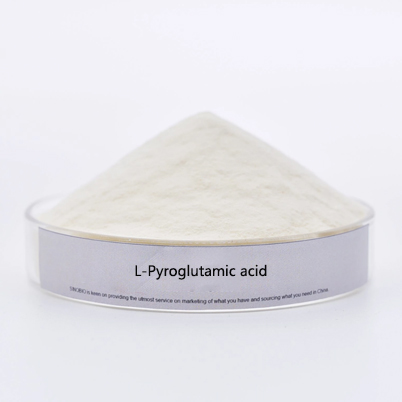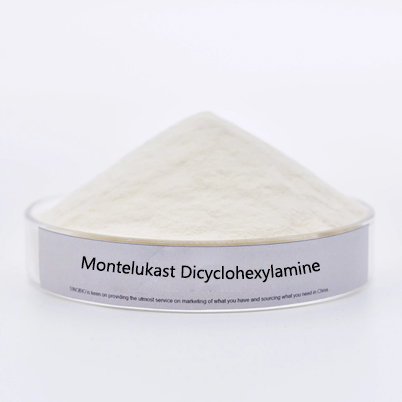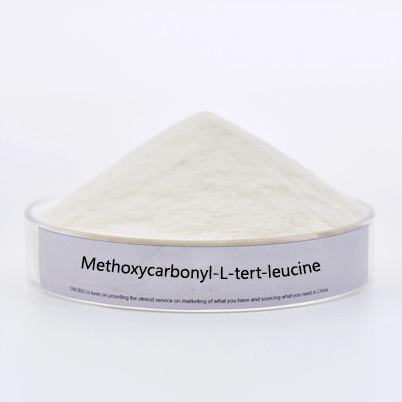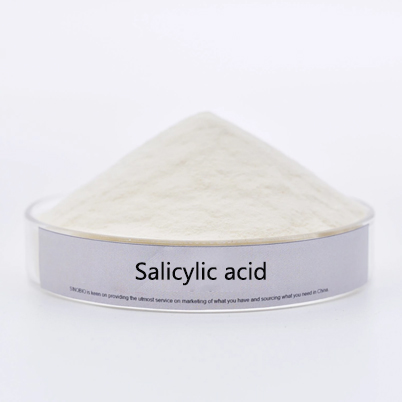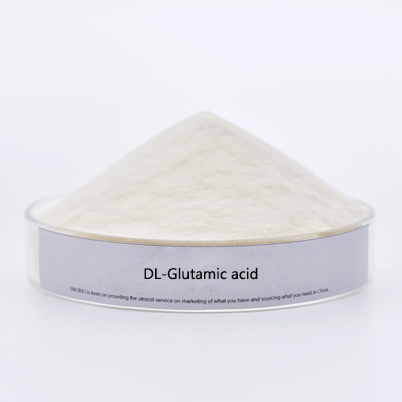- E-mail : info_medicalmarketing@jindunmedical.com
- Phone : +86 21 64057580
- Address : Shanghai China
Methods and applications of obtaining tartaric acid
Used as pharmaceutical resolution agent, food additive, biochemical reagent, etc. This product is widely used in the food industry, such as as beer foaming agent, food sour agent, flavoring agent, and used in cool drinks, candy, fruit juice, sauce, cold dishes, fermentation powder, etc. This product complies with the Japanese Food Additive Public Regulations.
Tartaric acid, or 2,3-dihydroxybutanedioic acid, is a carboxylic acid found in many plants, such as grapes and tamarind, and is one of the main organic acids in wine. It is used as an antioxidant added to foods to give them a sour taste. The largest use of tartaric acid is as an additive in beverages. It is also used as a raw material in the pharmaceutical industry. In the mirror industry, tartaric acid is an important additive and reducing agent to control the rate of silver mirror formation and to obtain a very homogeneous coating. There are four isomers of tartaric acid, the main ones used as acidulants are D and L types. D-tartaric acid is a colorless transparent crystal or white crystalline powder, odorless, slightly hygroscopic, easily soluble in water, insoluble in ether, insoluble in chloroform, its acidic taste is strong, 1.2-1.3 times that of citric acid, slightly astringent, with a refreshing sour taste.
D-tartaric acid is an extremely important four-carbon organic chiral source. With the rapid development of chiral drugs, chiral additives and chiral auxiliaries at home and abroad, its application is becoming more and more widespread and in-depth. At present, it is mainly used in the pharmaceutical and food industries as a chiral source and splitting agent for chiral synthesis. In addition, D-tartaric acid is also widely used in the synthesis and preparation of various chiral food additives and nutritional additives. For example, L-carnitine, a new functional nutritional additive, and the dismantling process of some chiral drugs. Tartaric acid can also be used as chelating agent, antioxidant synergist, flavor enhancer, and fast-acting fluffing agent.
Methods of obtaining tartaric acid.
⒈ extraction method: tartaric acid is obtained from the extraction of tartar obtained from the manufacture of wine, which is the earliest method of producing tartaric acid and is now the main production method.
⒉Saccharide fermentation method: using glucose as raw material, the use of microbial fermentation can make glucose into tartaric acid, or direct fermentation to produce tartaric acid, the acid production is 14.7g/L, the conversion rate is 29%, or Gluconobacter weak oxidizing can be produced on the Produce tartaric acid, and the highest yield of tartaric acid is 30% of the input glucose;
chemical splitting: chemical synthesis of racemic tartaric acid, which can be split to yield 50% each of dextro and levotartaric acid, but the splitting process is more difficult and the market for 50% of levotartaric acid is not yet open, making it more expensive to produce.
Singed enzymatic synthesis: The chemically synthesized cis-epoxysuccinate is used as a precursor for the production of tartaric acid, and the precursor is hydrolyzed to tartaric acid salt by microorganisms containing cis-epoxysuccinate hydrolase, without producing other by-products. Compared with other methods, enzymatic synthesis of tartaric acid is characterized by high product concentration, high conversion rate, high product purity and good safety, and has the highest value for industrial application.
Uses of tartaric acid.
Used as antioxidant synergist, retarder, tanning agent, chelating agent, pharmaceutical agent. Widely used in medicine, food, tanning, textile and other industries. Low solubility in water at low temperature, easy to produce insoluble calcium salts.
Applications of tartaric acid.
The biggest use of tartaric acid is beverage additive. Then it is a raw material for the pharmaceutical industry. It is a very important chiral ligand and chiral substrate in contemporary organic synthesis and can be used to prepare many well-known chiral catalysts and as a chiral source to synthesize complex natural product molecules. Tartaric acid is also an antioxidant and has applications in the food industry. It can be utilized as a deaerating agent in biochemical tests.
-
date
2022-10-09
-
location
Shanghai, China






































